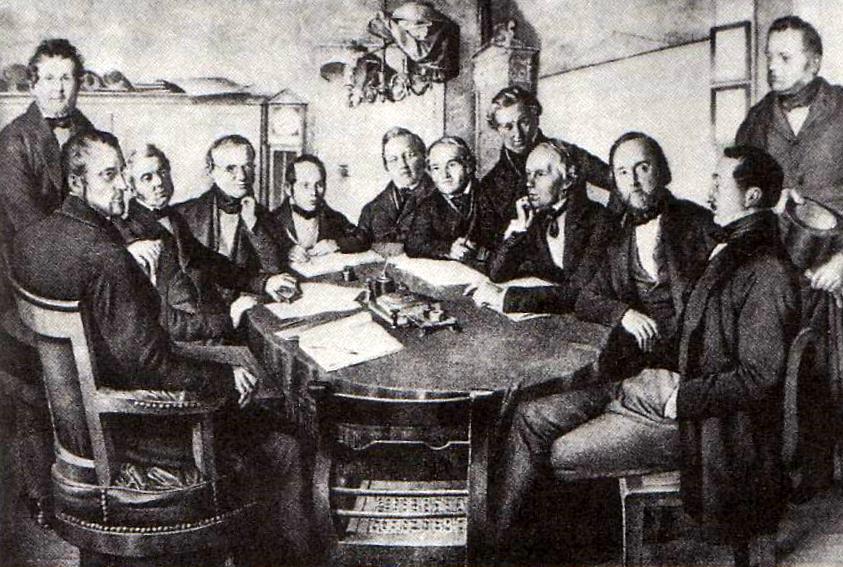Those of you who do not attend partners meetings may not know that a common agenda item is why the associates are not working hard enough.
And those of you who follow the statistics are aware that only 25% of partners in Canadian law firms are female. This means that the problem is primarily defined by men, who identify the mothers of young children as part of the problem. Which indeed they are since they often undertake a disproportionate share of the childcare responsibilities and have less time to bill hours.
Under pressure, moms often choose childcare over billable hours and leave the partnership track, which results in fewer partners in Canadian firms being female. So, the problem continues to be defined by men.
Of course, there are some women in those partnership meetings.
In my friend Martin’s firm there was Barb who was a law firm super-star. The male partners would say that if she could do it, there was no gender issue in their firm culture. They just needed more women like her. They glossed over the fact that Barb worked so much harder than the average lawyer that, more than once, she worked herself right into physical illness and had to take months off to recuperate, and that she had a stay-at-home husband who took care of their child.
Kim was also a partner at Martin’s firm. The partners also pointed to her as an example of a woman who was productive, which she was, if you ignored her padded dockets, uncollected receivables, and the fact that she stole billing credit from her clerks and juniors.
When Martin had the temerity to suggest that the new mothers should be cut some slack due to their childcare responsibilities, a partner named Joe would point to Barb and Kim and argue that since their childcare responsibilities were not holding them back, this was certainly not a gender issue. The firm simply had to find more female lawyers like Barb and Kim. Other partners were eager to follow Joe’s lead, which they thought would lead to increased short-term profits.
People see what they want to see and believe what they want to believe. Joe believed that his approach was not only more profitable, but it was gender neutral, because he held women and men to the same standard. Martin believed that “equal is not fair” and that it made sense to cut the young mothers some slack in the short-term to buy their loyalty in the long-term. Some of the women believed that they could do it all. Others believed that they had to make a choice, and many of them chose to leave.
There is a reason why 50% of law students are women, but only 25% of partners are women.
Some of you will note that I have used the politically incorrect term “mothers” and not “parents.” We can tackle the issue of how law firms treat fathers who want to spend more time with their kids when there is gender equality at the partnership table. So, not for a while.
